Immunology/Inflammation
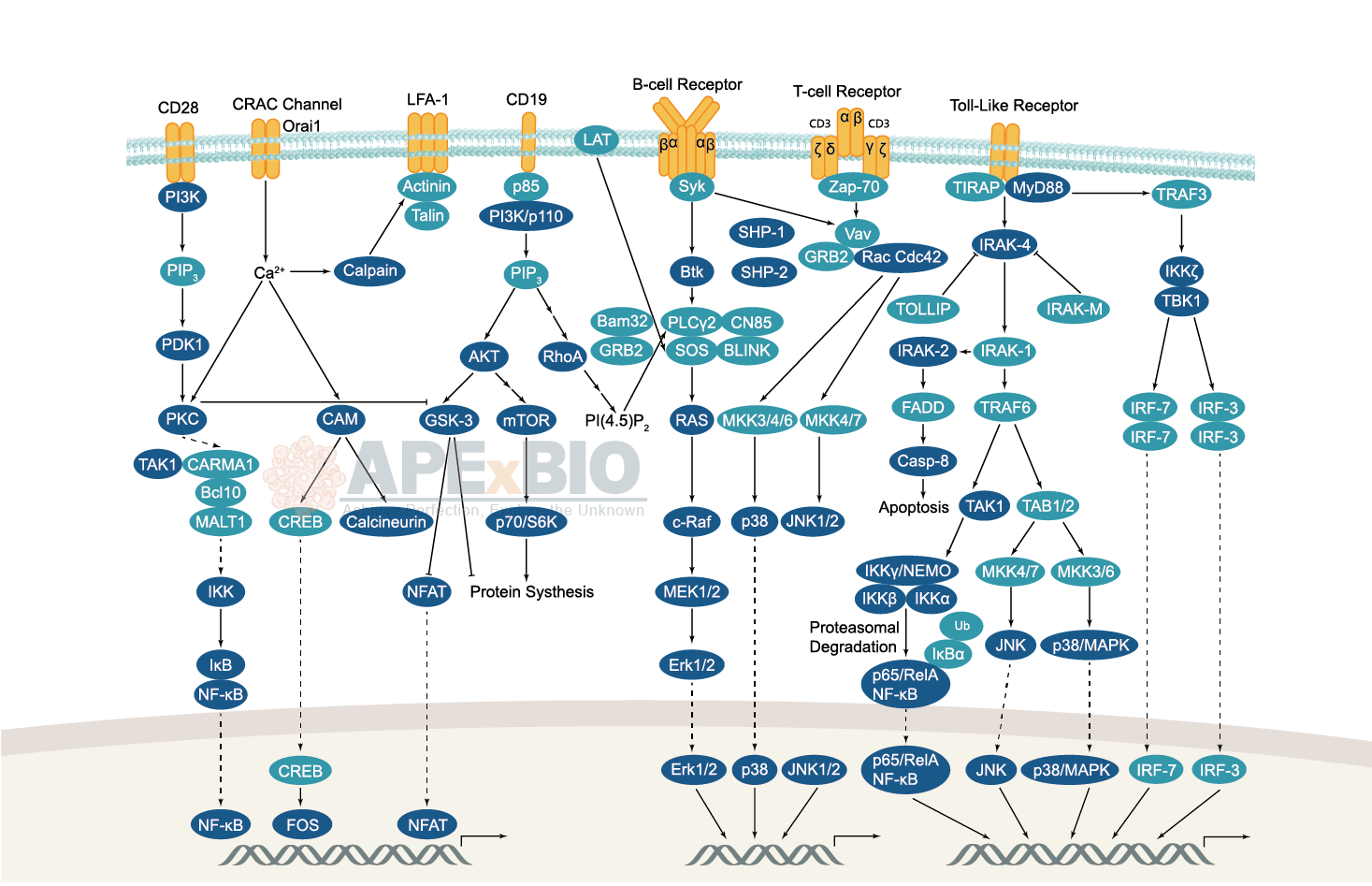
The adaptive immune system consists of B and T lymphocytes which mediate humoral immunity (e.g. antibody response) and cell-mediated immunity, respectively. B cell receptor and T cell receptor signaling is responsible for activation of Src family tyrosine kinases, such as Blk, Fyn, and Lyn in B cells and Fyn and Lck in T cells, resulting phosphorylation of the receptor-associated ITAM motifs. Phosphorylated ITAMs serve as the docking sites for Syk family tyrosine kinases, e.g. Syk in B cells and Zap-70 in T cells. Activated Syk kinases then propagate the signals via phosphorylation of downstream proteins. Furthermore, lymphocyte receptor signaling facilitates B and T cell development, differentiation, proliferation and survival.
-
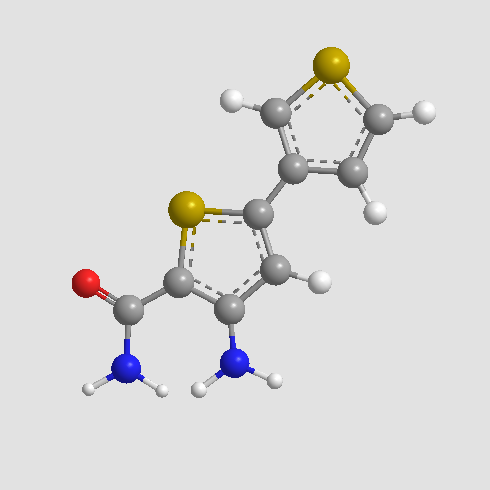 B1585 SC-514Summary: ATP-competitive IKK-2 inhibitor, orally active
B1585 SC-514Summary: ATP-competitive IKK-2 inhibitor, orally active -
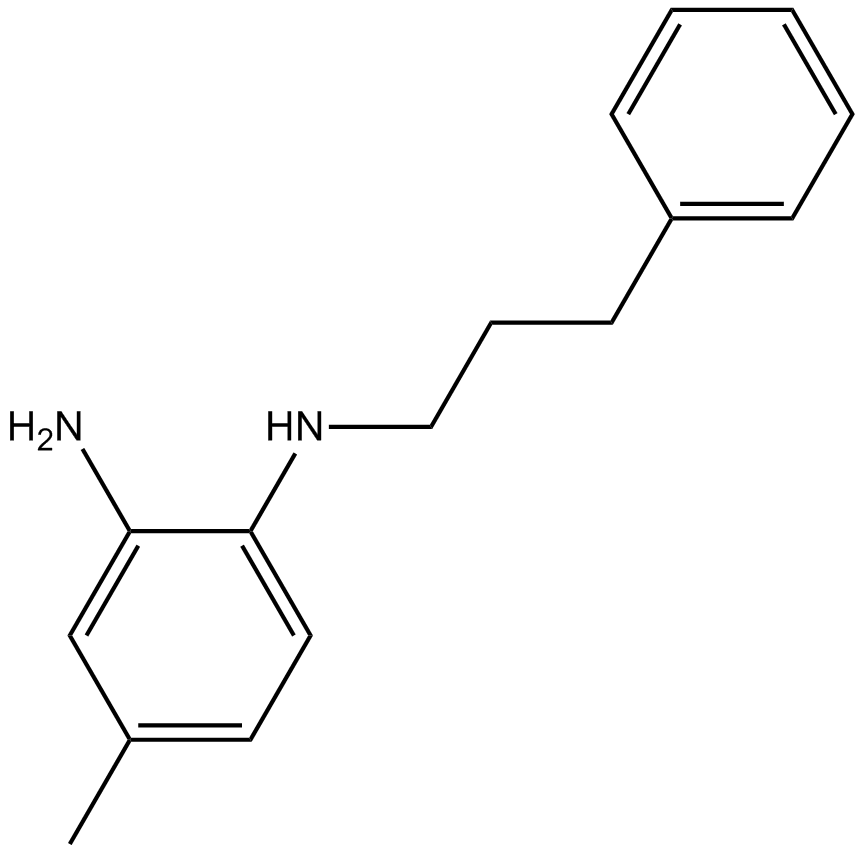 B1645 JSH-233 CitationSummary: NF-κB inhibitor
B1645 JSH-233 CitationSummary: NF-κB inhibitor -
 B1046 HPGDS inhibitor 1Summary: HPGDS inhibitor
B1046 HPGDS inhibitor 1Summary: HPGDS inhibitor -
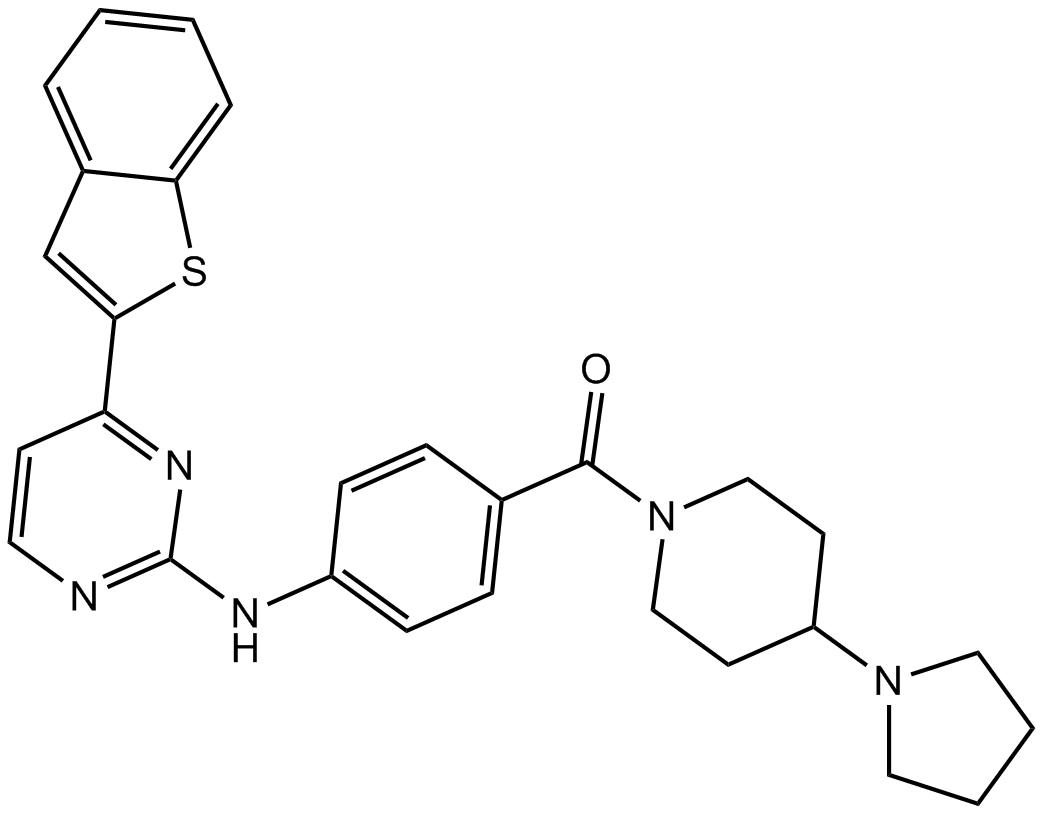 B1586 IKK-16 (IKK Inhibitor VII)1 CitationSummary: Selective IκB kinase inhibitor
B1586 IKK-16 (IKK Inhibitor VII)1 CitationSummary: Selective IκB kinase inhibitor -
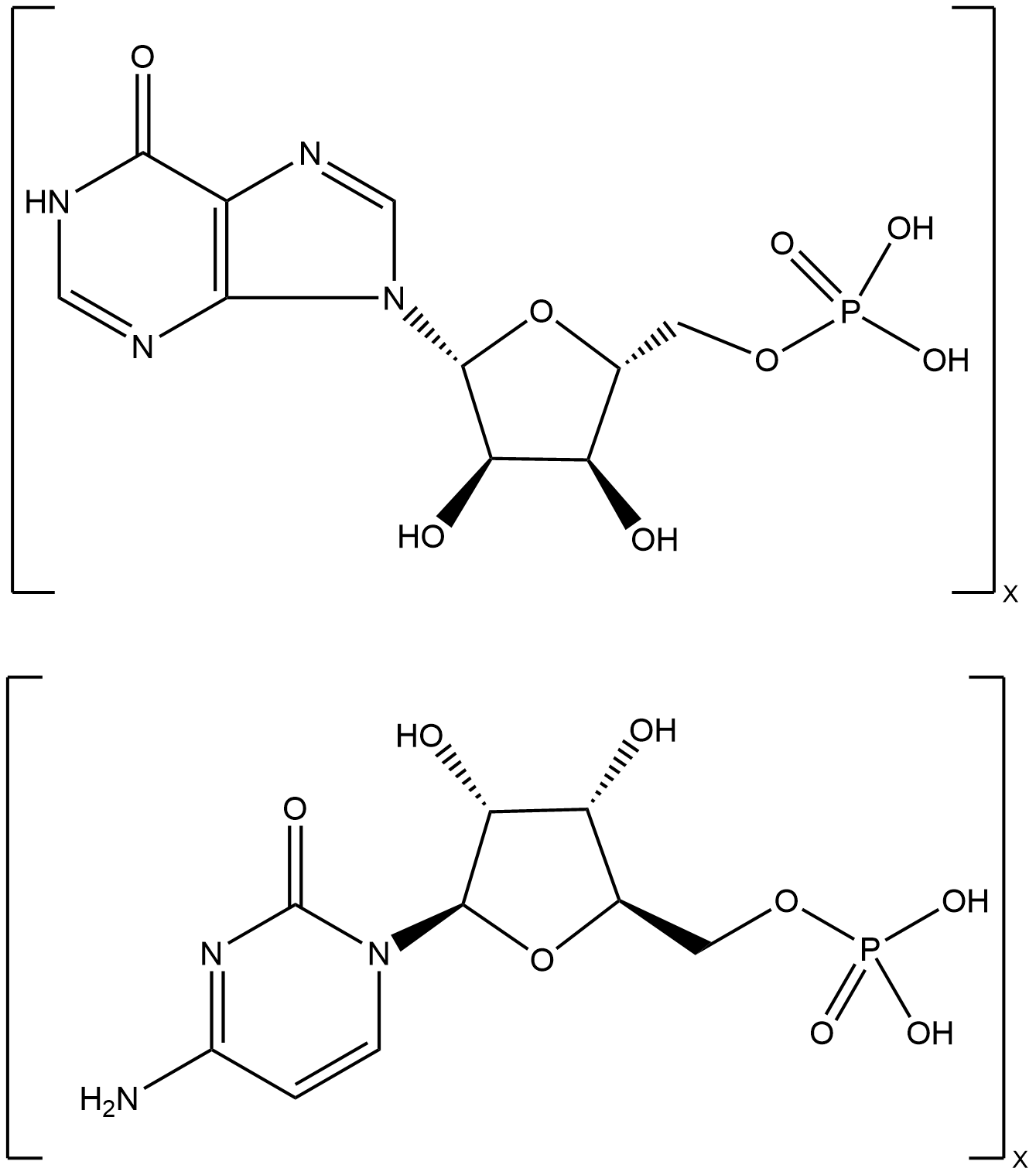 B5551 Poly(I:C)18 CitationTarget: Toll-like receptors (TLRs)Summary: Toll-like receptor 3 (TLR3) agonist
B5551 Poly(I:C)18 CitationTarget: Toll-like receptors (TLRs)Summary: Toll-like receptor 3 (TLR3) agonist -
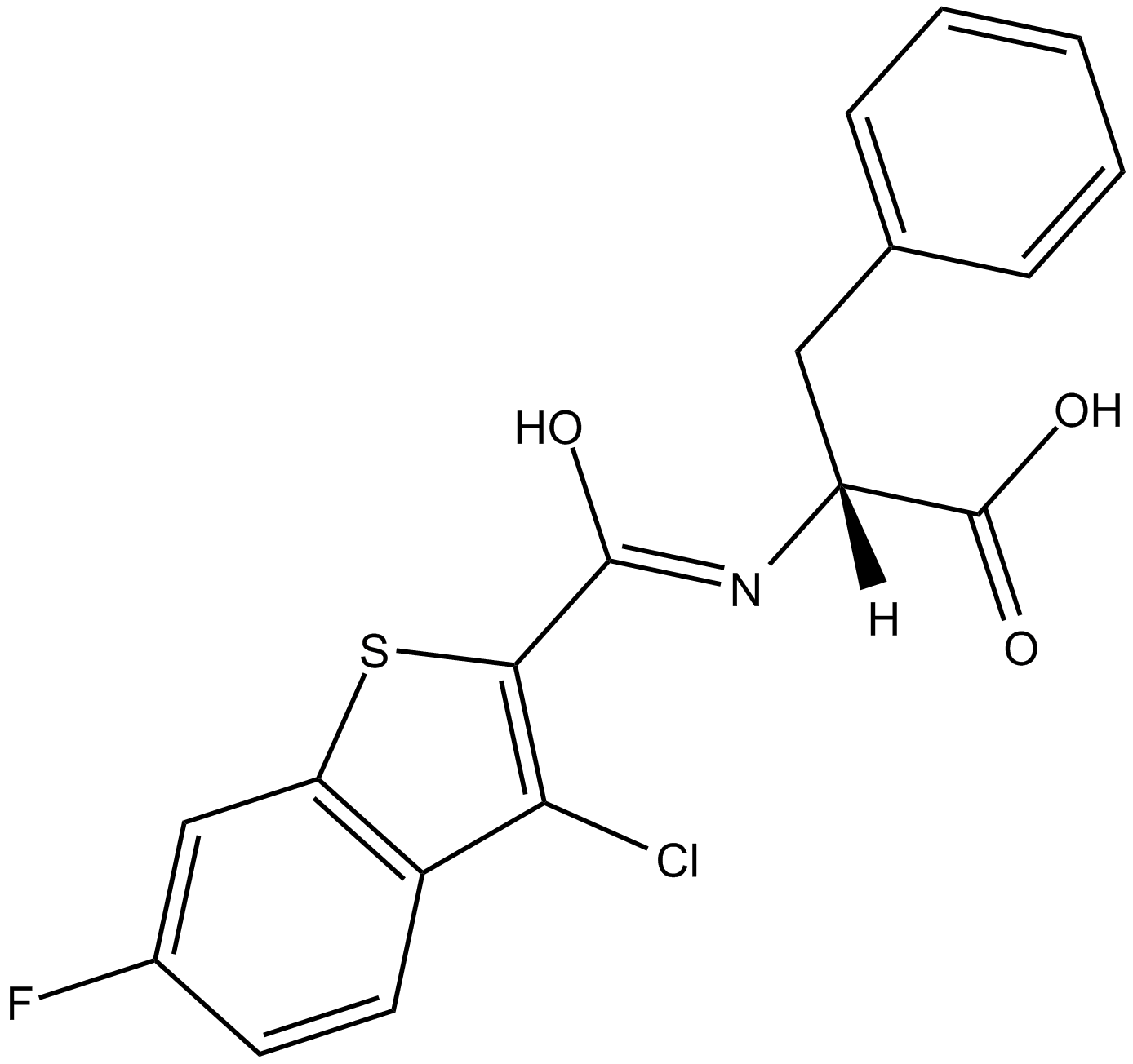 B5752 CU CPT 4a2 CitationSummary: TLR3 inhibitor
B5752 CU CPT 4a2 CitationSummary: TLR3 inhibitor -
 B5753 CU CPT 22Summary: toll-like receptor 1/2 (TLR1/2) inhibitor
B5753 CU CPT 22Summary: toll-like receptor 1/2 (TLR1/2) inhibitor -
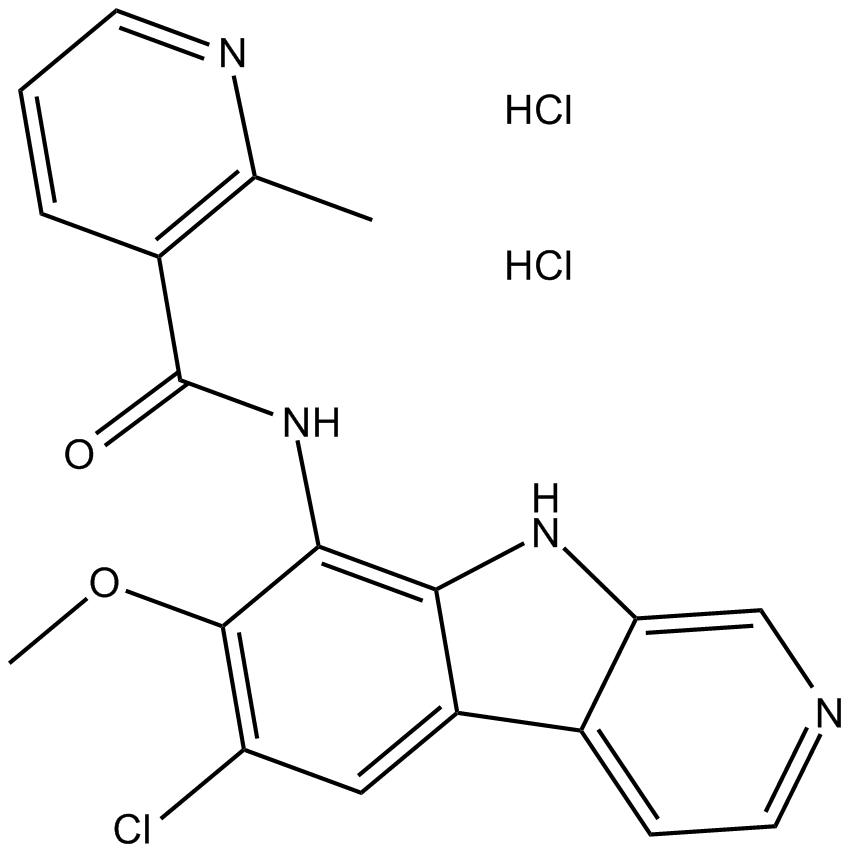 B5756 ML 120B dihydrochlorideSummary: IKK2-selective inhibitor
B5756 ML 120B dihydrochlorideSummary: IKK2-selective inhibitor -
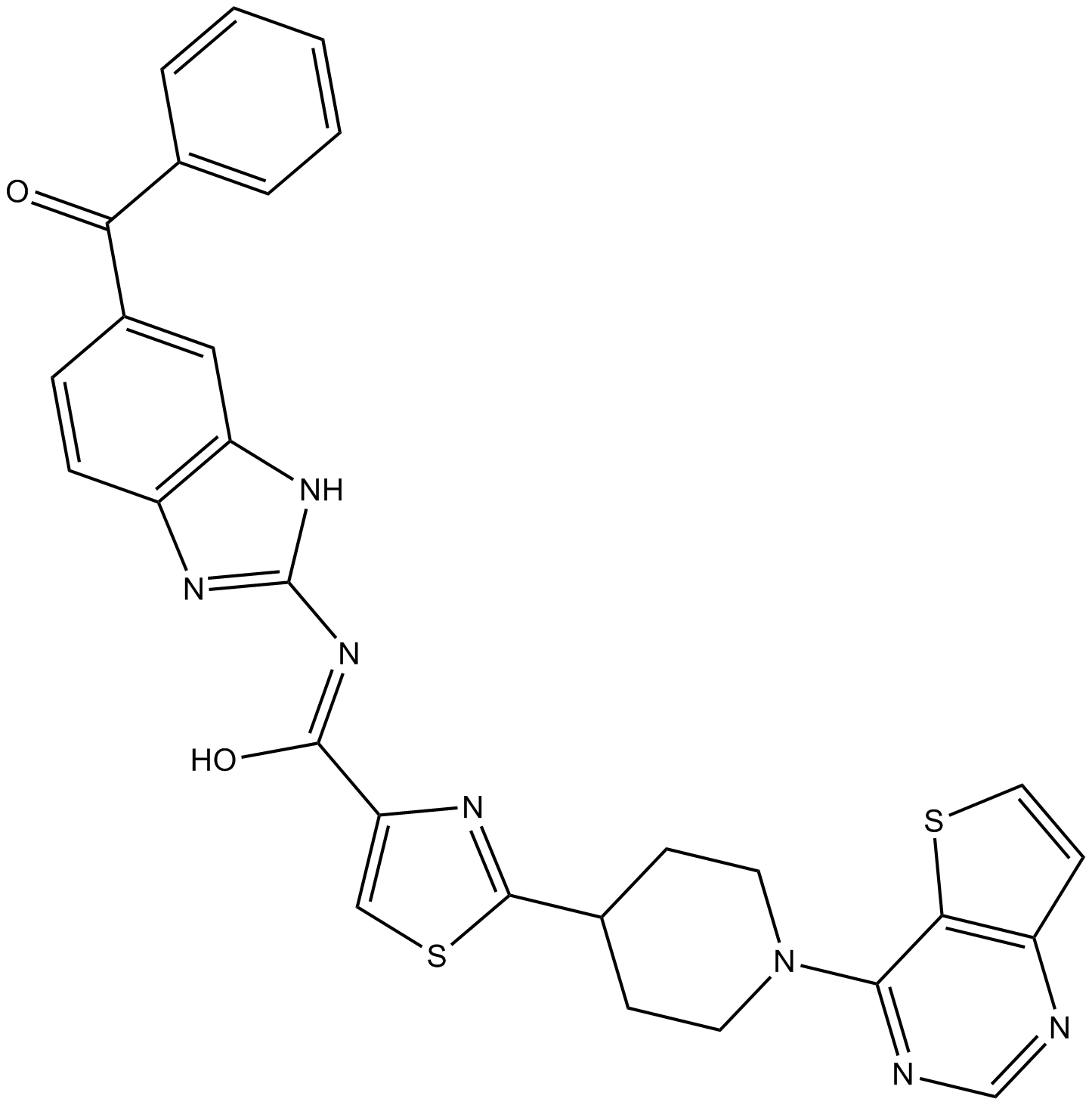 B4749 SC75741Summary: NF-κB inhibitor, potent
B4749 SC75741Summary: NF-κB inhibitor, potent -
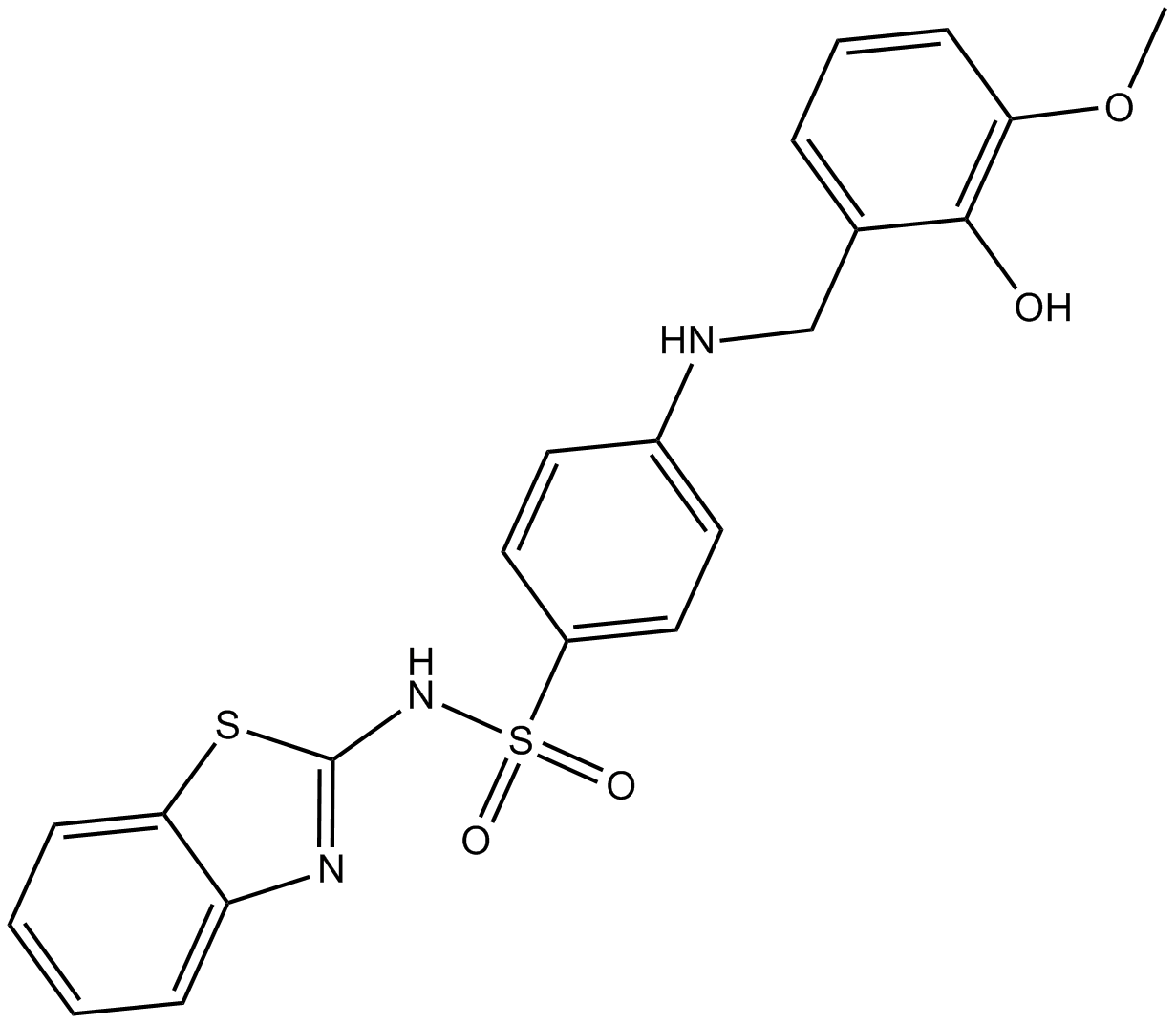 B8014 ML355Summary: 12-LOX inhibitor
B8014 ML355Summary: 12-LOX inhibitor

